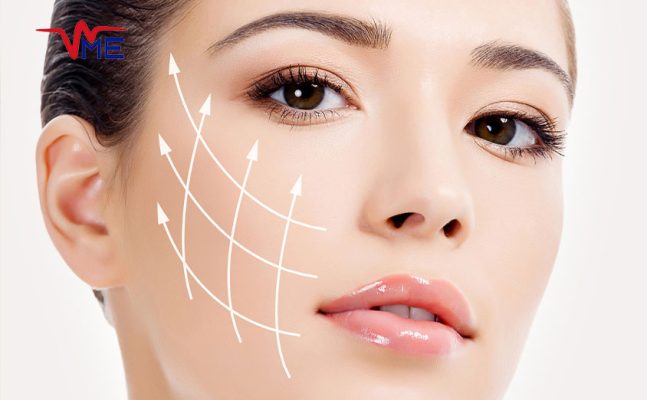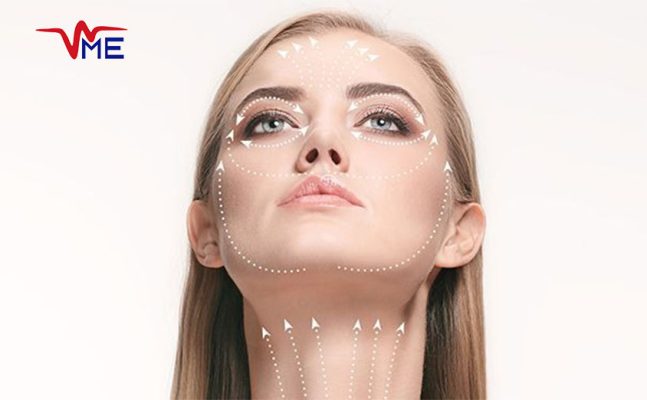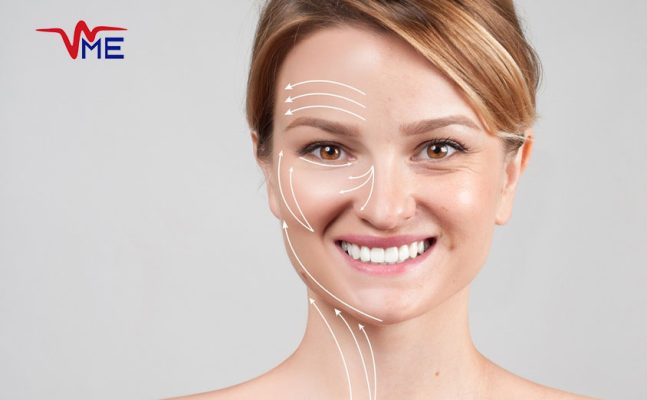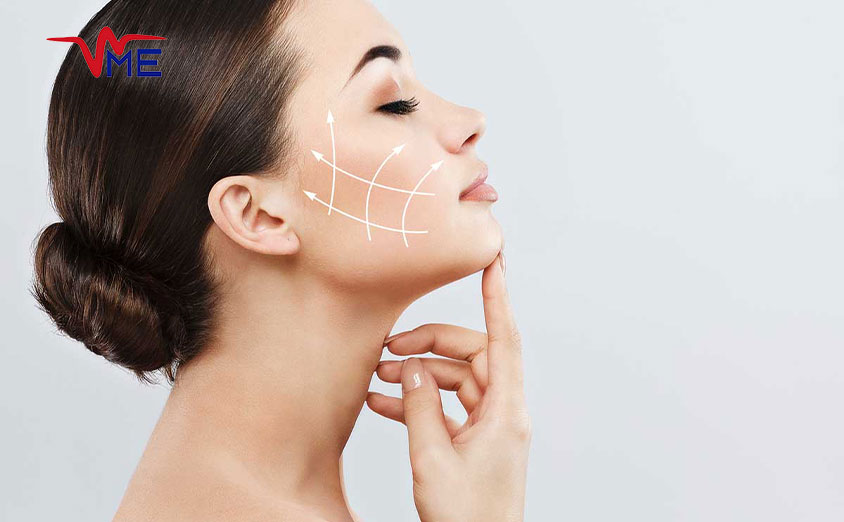LDM Triple, Treatment
Non-Surgical Laser Facelifts: A Game Changer in Anti-Aging
What is a Laser Facelift?
A laser facelift is a cosmetic procedure that uses laser technology to tighten sagging skin, reduce wrinkles, and improve skin texture. Unlike surgical facelifts, which involve incisions and tissue removal, laser facelifts target the skin’s deeper layers to stimulate natural collagen production. Collagen is a protein responsible for maintaining skin elasticity and firmness, which diminishes as we age.
The procedure is often referred to as “non-surgical” because it doesn’t involve cutting, stitching, or removing skin. Instead, lasers deliver heat energy to the skin’s sublayers, promoting a natural tightening effect and helping the body regenerate new, youthful skin. This makes laser facelifts an appealing option for those who want to avoid the risks and downtime associated with surgery.
How Laser Technology is Revolutionizing Anti-Aging
Laser technology has transformed the field of anti-aging by offering non-invasive, highly effective solutions for skin rejuvenation. Traditional anti-aging treatments like creams and injections provide temporary results, but laser facelifts address the root cause of aging—loss of collagen and skin elasticity. By targeting the deeper layers of the skin, lasers can produce longer-lasting results, and the advancements in this technology have made the procedures more comfortable, efficient, and accessible.

Moreover, laser facelifts allow for precision targeting of specific areas of concern, such as the jawline, cheeks, or forehead, ensuring that patients receive a personalized treatment that suits their individual needs. As a result, patients can enjoy a more youthful and rejuvenated appearance without undergoing invasive surgery.
How Non-Surgical Laser Facelifts Work
Non-surgical laser facelifts use targeted light energy to achieve skin tightening and rejuvenation. The technology involved varies based on the type of laser used and the patient’s specific needs.
The Role of Laser Energy in Skin Tightening
The laser emits concentrated beams of light that penetrate the outer layers of the skin and reach the dermis, where collagen is produced. The laser energy heats the skin tissue, causing the collagen fibers to contract and tighten. This immediate tightening effect is followed by the stimulation of new collagen production, which helps maintain the results over time.
As the skin’s natural healing response is triggered, new collagen fibers are produced, and the skin becomes firmer, smoother, and more resilient. The controlled delivery of laser energy ensures that the treatment is effective without damaging the surrounding tissue.
Stimulating Collagen Production with Lasers
Collagen production is a key factor in maintaining youthful skin. As we age, the body’s collagen production decreases, leading to sagging and wrinkled skin. Laser facelifts stimulate the production of collagen by delivering heat to the deeper layers of the skin, where collagen is formed. This process encourages the skin to produce new collagen, which helps to restore the skin’s firmness and elasticity.
Over time, the increased collagen levels help to reduce fine lines and wrinkles, improve skin texture, and create a more youthful, lifted appearance. The long-term benefits of collagen stimulation make laser facelifts an attractive anti-aging option for individuals who want natural, gradual results.
Types of Laser Facelift Procedures
There are several types of laser facelift procedures, each designed to target specific areas of concern and deliver different levels of skin rejuvenation.
- Fractional Lasers: Fractional lasers treat small sections of the skin at a time, leaving surrounding areas untouched. This approach allows for faster healing and is ideal for treating fine lines, wrinkles, and uneven skin texture. Fractional CO2 lasers, for example, are commonly used for skin resurfacing and tightening.
- Ultrapulse Lasers: These lasers deliver high-intensity energy in short bursts, making them effective for deeper skin tightening and more dramatic results. Ultrapulse lasers are often used to treat moderate to severe wrinkles and sagging skin.
- Radiofrequency-Assisted Lasers: Some laser facelift procedures combine laser energy with radiofrequency (RF) technology to enhance the skin-tightening effects. RF energy penetrates deeper into the skin and helps to heat the dermis more effectively, resulting in a more noticeable lifting and firming effect.

Benefits of Non-Surgical Laser Facelifts
Non-surgical laser facelifts offer a variety of benefits that make them a preferred choice for individuals seeking anti-aging treatments.
Minimal Downtime and Recovery
One of the key advantages of non-surgical laser facelifts is the minimal downtime involved. Unlike surgical facelifts, which require weeks of recovery, laser treatments typically allow patients to resume their normal activities within a few days. After the procedure, patients may experience mild redness or swelling, but these side effects usually subside quickly.
Because the procedure is non-invasive, there is no need for anesthesia or stitches, making the recovery process much smoother and more comfortable for the patient. For individuals with busy lifestyles, this shorter recovery time is a significant benefit.
No Need for Surgical Incisions
Laser facelifts do not involve any incisions, which means there is no risk of scarring or infection. This makes them an appealing option for people who are concerned about the risks associated with surgery. By avoiding the need for incisions, laser facelifts also reduce the chances of complications and ensure a more comfortable experience overall.
Long-Lasting Anti-Aging Results
While the results of a laser facelift are not as immediate as those of a surgical facelift, they are long-lasting and natural-looking. The collagen production stimulated by laser treatments continues to improve the skin’s appearance for several months after the procedure, leading to gradual and subtle improvements in skin texture, tightness, and elasticity. With proper skincare and maintenance, the results of a laser facelift can last for several years.
Comparing Laser Facelifts to Traditional Facelifts
Many individuals who are considering facial rejuvenation treatments often compare non-surgical laser facelifts with traditional surgical facelifts. While both procedures aim to reduce the signs of aging and improve the appearance of the skin, they differ in several key areas.
Non-Surgical vs Surgical Facelifts
The primary difference between a non-surgical laser facelift and a traditional facelift is the level of invasiveness. A surgical facelift involves making incisions, removing excess skin, and repositioning facial tissues to achieve a more youthful appearance. While the results of a surgical facelift are dramatic and long-lasting, the procedure requires significant recovery time, and there is a higher risk of complications, such as scarring or infection.

In contrast, a non-surgical laser facelift is much less invasive, with no incisions or tissue removal. While the results may not be as immediate or dramatic as a surgical facelift, laser facelifts provide a more gradual and natural improvement in skin tightness and texture. This makes them an excellent option for individuals who want to avoid surgery but still achieve noticeable anti-aging results.
Cost Comparison and Effectiveness
Non-surgical laser facelifts are generally more affordable than traditional facelifts, as they do not require anesthesia, operating rooms, or extensive recovery care. However, multiple laser sessions may be needed to achieve the desired results, which can add to the overall cost.
While surgical facelifts offer more immediate and dramatic results, non-surgical laser facelifts are effective for individuals with mild to moderate signs of aging. For those who want to enhance their appearance without undergoing a major surgical procedure, laser facelifts are an excellent choice.
Safety and Risk Factors
Non-surgical laser facelifts are considered safer than traditional facelifts because they do not involve incisions, anesthesia, or tissue removal. The risks associated with laser facelifts are minimal, with most patients experiencing only mild side effects like redness or swelling. In contrast, surgical facelifts carry a higher risk of complications, including infection, scarring, and anesthesia-related risks.

Innovations in Laser Technology for Facelifts
As technology continues to advance, laser facelift treatments are becoming more effective, comfortable, and accessible.
Fractional Lasers for Skin Rejuvenation
Fractional lasers are among the most popular tools for skin rejuvenation. These lasers target small areas of the skin at a time, creating micro-injuries that stimulate collagen production and encourage skin regeneration. Fractional lasers are ideal for treating fine lines, wrinkles, and uneven skin texture, making them a popular choice for non-surgical facelifts.
Ultrapulse Lasers for Deep Skin Tightening
Ultrapulse lasers deliver high-intensity energy in short bursts, allowing them to penetrate deeper into the skin for more significant tightening and lifting effects. These lasers are particularly effective for treating moderate to severe wrinkles and sagging skin, providing results that are comparable to more invasive procedures.
Combining Laser and Radiofrequency Treatments
Some of the latest innovations in non-surgical facelifts involve combining laser energy with radiofrequency (RF) technology. RF energy works by heating the deeper layers of the skin, enhancing the tightening effects of the laser treatment. This combination approach can lead to more noticeable and longer-lasting results, particularly for individuals with more advanced signs of aging.




Such an insightful article! Non-surgical laser facelifts sound like a fantastic option for rejuvenation without downtime. Very well explained!